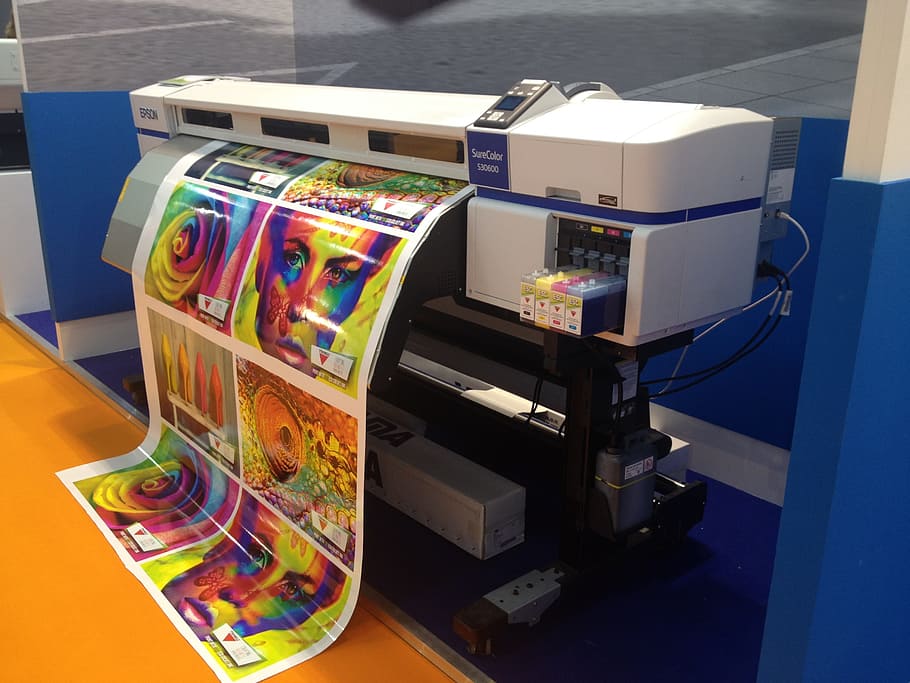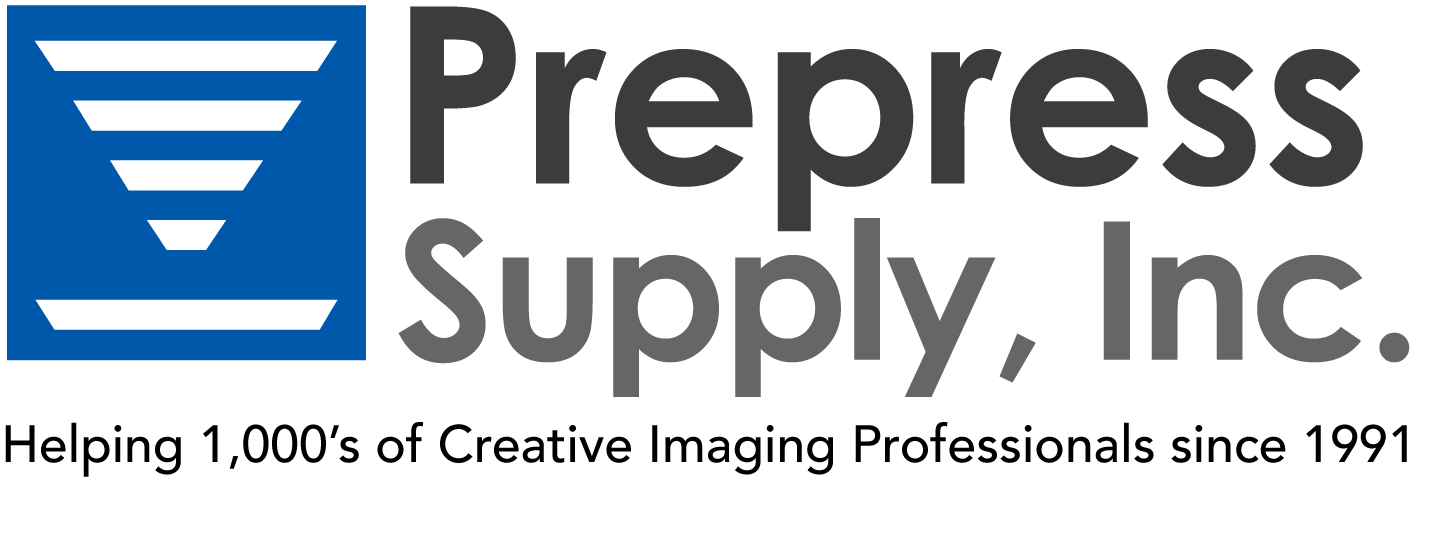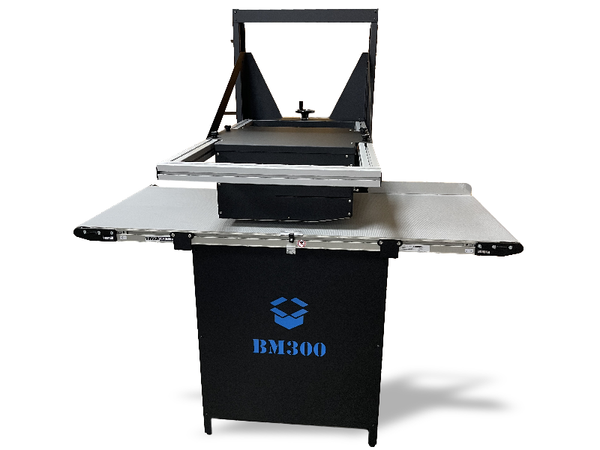UV vs Solvent Printing: Which is Best for Your Business?

When it comes to printing, choosing the right technology can make all the difference. UV printing and solvent printing are two of the most popular printing methods available today, each with its own set of advantages and disadvantages. But which one is the best for your business? In this article, we'll compare UV printing and solvent printing to help you make an informed decision.
What is UV Printing?
UV printing is a digital printing process that uses ultraviolet light to dry or cure the ink. UV printing is ideal for printing on non-porous surfaces such as glass, metal, and plastic. UV inks are cured by exposure to UV light, which results in a dry, hard, and durable print that is resistant to scratches, abrasion, and fading.
Benefits of UV Printing
- High-quality prints with vibrant colors and fine detail.
- Instant curing of ink, which makes the prints ready to use immediately after printing.
- Durable and long-lasting prints that resist fading and abrasion.
- Ability to print on a wide range of materials, including non-porous surfaces.
What is Solvent Printing?
Solvent printing is a digital printing process that uses a solvent-based ink that dissolves the substrate's surface and embeds the ink into the material. Solvent printing is ideal for printing on flexible substrates such as vinyl, canvas, and wallpaper. The ink is solvent-based, which means it requires time to dry and cure.
Benefits of Solvent Printing
- High-quality prints that are weather-resistant and can be used both indoors and outdoors.
- Ability to print on a wide range of flexible substrates, including vinyl, canvas, and wallpaper.
- Long-lasting prints that resist fading and scratching.
- Cost-effective printing method.
UV Printing vs. Solvent Printing: Which One is Better for Your Business?
The choice between UV printing and solvent printing ultimately depends on the nature of your business and the printing requirements. Here are some factors to consider when choosing between UV printing and solvent printing:
Printing Quality
If you're looking for high-quality prints with vibrant colors and fine detail, UV printing is the way to go. UV inks are cured instantly, which means they don't have time to bleed or spread, resulting in a crisp and clear print. Solvent printing, on the other hand, may result in less sharp prints and can have some bleed.
Printing Durability
Both UV printing and solvent printing produce long-lasting prints, but UV printing is more durable and scratch-resistant. UV inks are cured by exposure to UV light, which results in a dry, hard, and durable print that resists abrasion and fading. Solvent printing may fade and scratch over time, especially when used outdoors.
Printing Materials
If you're looking to print on non-porous surfaces such as glass, metal, and plastic, UV printing is the way to go. UV inks are ideal for printing on non-porous surfaces, while solvent inks are ideal for printing on flexible substrates such as vinyl, canvas, and wallpaper.
Printing Cost
Solvent printing is a cost-effective printing method, making it an ideal choice for businesses that need to produce large quantities of prints. UV printing, on the other hand, may be more expensive, but the quality and durability of the prints justify the higher cost.
Conclusion
Choosing between UV printing and solvent printing depends on the nature of your business and the printing requirements. Both UV printing and solvent printing have their own set of advantages and disadvantages, but if you're looking for high-quality prints with vibrant colors and fine detail on non-porous surfaces, UV printing is the way to go. If you're looking to print on flexible substrates and need a cost-effective printing method, solvent printing is the better


